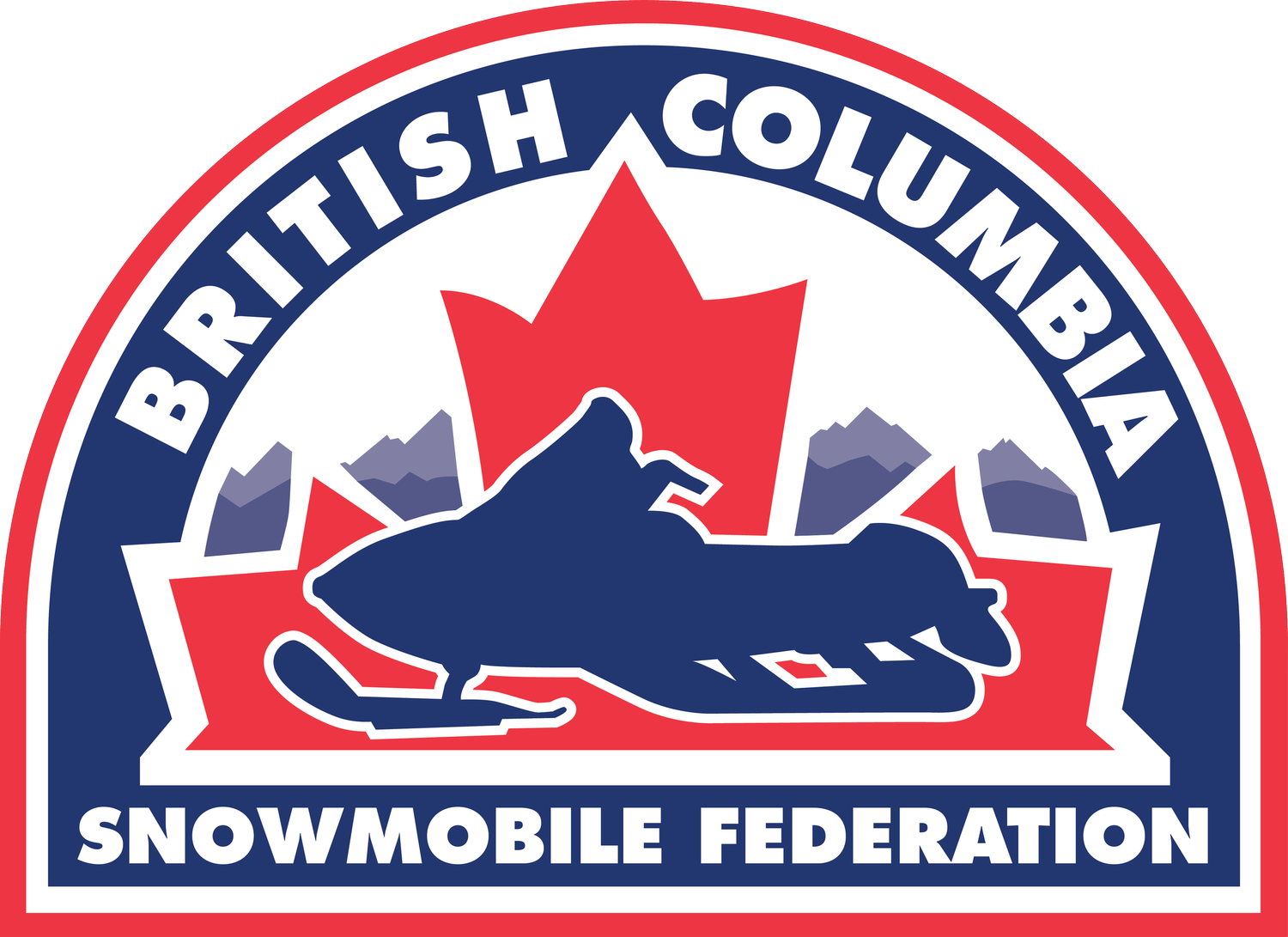Tips From The Pro's: 12 Checks to Ensure Your Groomer Is Ready for Winter
Whether you are part of a small snowmobile club or a large trail grooming operation, the beginning of October marks an abrupt transition from “We have lots of time to get this done” to “Yikes! Winter is coming in a hurry.” Before you hit the panic button, here are a few recommendations from a seasoned snowcat mechanic to help get your groomers on track for a successful season.
The best way to thoroughly evaluate your snowcat is to take the tracks off, put the machine on stands, remove all the panels, complete pressure checks, and then drain all the oils to check for debris. For some operations, this is understandably not possible every year due to a lack of infrastructure, funds, or a knowledgeable technician on hand to go through everything. If you don’t have access to all of the above, here is a quick checklist to help get you started:
Check your machine for leaks - Figure out where they are coming from. A small leak can lead to a big problem if you don’t know which component it is coming from.
Check alternator belt/fan belt for cracks.
Check track bars for breaks and track belts for rips. Considering stocking some old belt sections and longer bolts in case you need to make a patch during the winter. Sharp rocks that are exposed early in the season can slice a belt without much effort.
Check sprocket condition and make sure the nuts are tight. Mechanic’s Tip: Put a line across the nut with a paint pen so you have a visual reference to tell if nuts are backing off.
Check tire condition. Look for chunks missing, rubber separating from the rim, and loose nuts. Consider keeping a spare tire in your stock.
Check suspension – Park the cat on level ground. Check that both sprockets are off the ground the same amount. Check that all the tires are lined up. If a tire seems tipped in compared to the others it could suggest there are worn-out suspension components.
Final drive oil level – Make sure there are no leaks. Final drives only hold about 1.5 litres of fluid. A small leak left too long can come with a very expensive parts bill. Change the oil and check the magnetic plugs for metal. A little fuzz on the magnet is normal. Lots of debris or flakes suggest there is something bad going on in there.
Splitter box/Pump drive – check for leaks or abnormal gear/bearing noise. Change the oil and check the magnetic plug.
Hydraulic hose condition – Look for hoses starting to crack or crimped ends starting to leak. Check where hoses rub together or pass over the frame.
Check batteries for clean and tight terminals. If you have access to a battery tester, check the condition of the batteries.
Check for frame cracks. As snowcats age, they become more prone. Look carefully around the push frame, suspensions mounts and final drive mounts.
Grease the machine and have a good look around while you are doing it. You would be surprised how many things you can catch while doing this task. Look at things like mounting pins and nuts on the push frame, or bolts on the rear lift frame.
Good luck out there!
Matt Dolbec is one of the snow-sports industry's leading heavy-duty mechanics with over 15- years of experience servicing snowcats and other equipment at some of BC's largest resort operations. When he's not working under equipment at Dolbec-Does-It, he's usually in it as a heli-ski guide in Iceland or on it as a sled guide in Fernie, BC.
